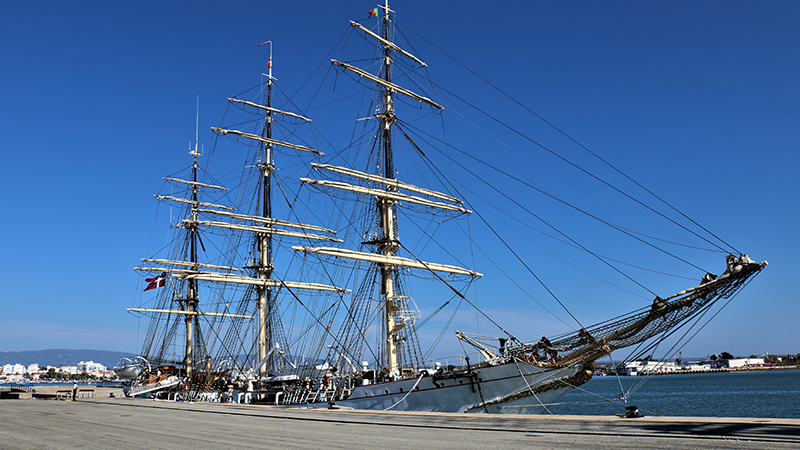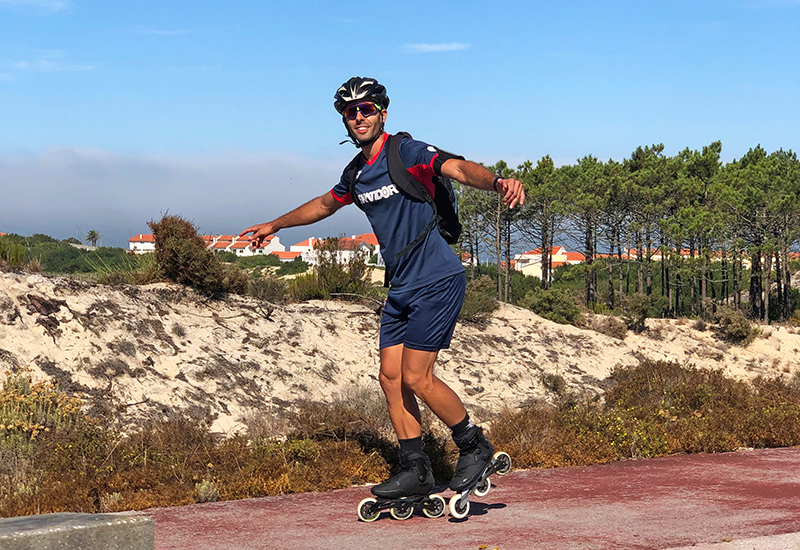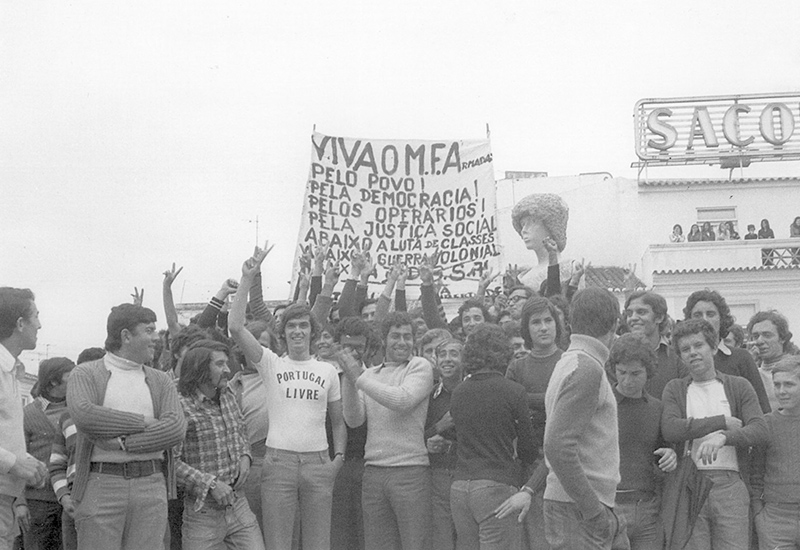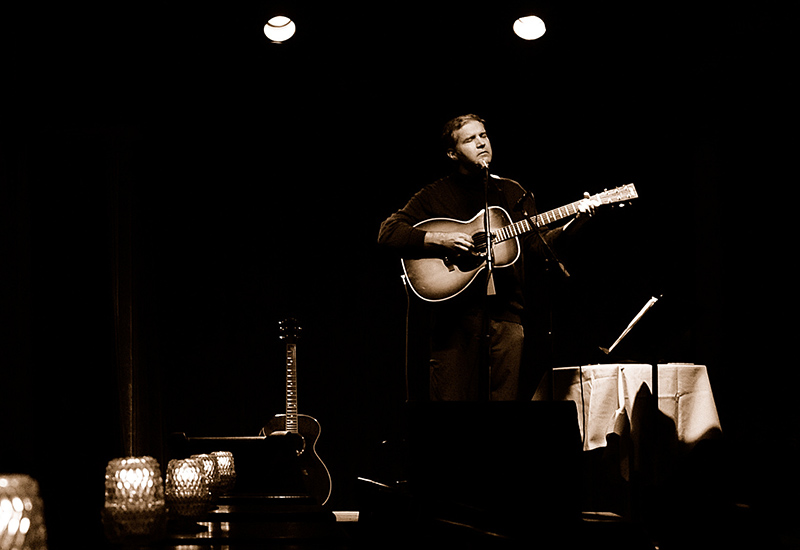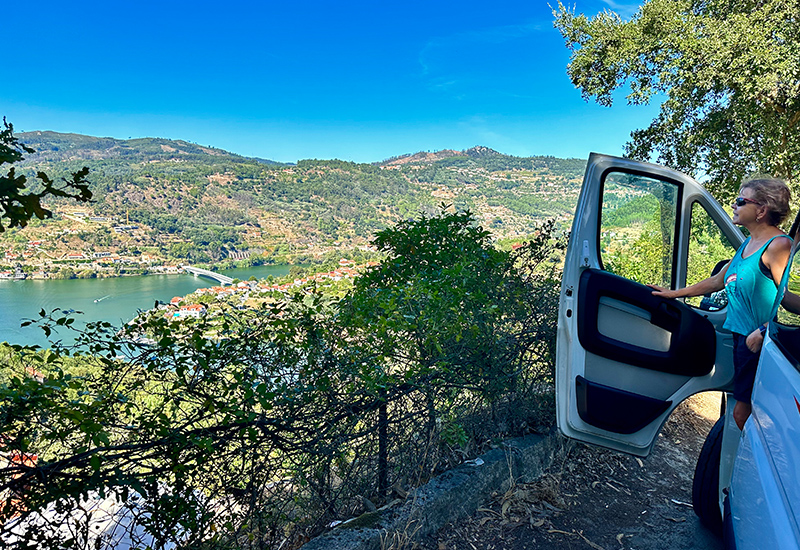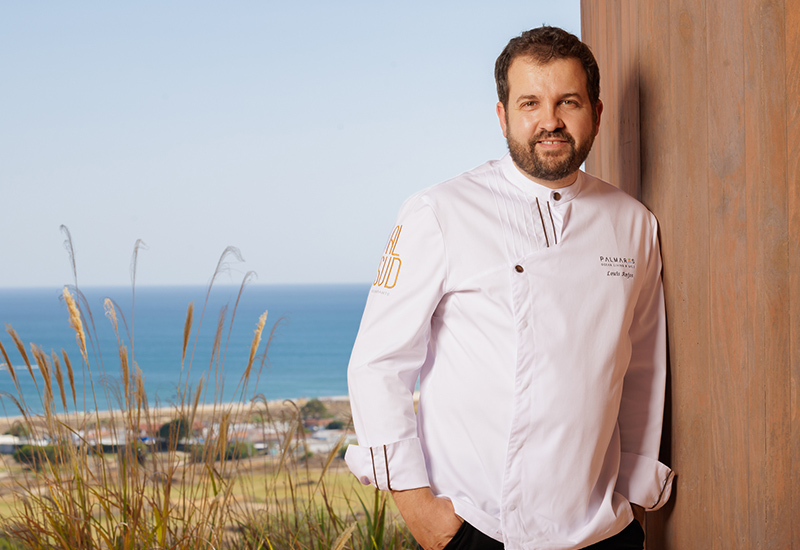By Julian Putley
The coast and anchorages of the Algarve often see a diverse collection of unusual vessels so when Tomorrow’s editor, Sophie Sadler, mentioned that a traditional three-masted sailing ship was anchored off Lagos, I needed no more persuasion to investigate. I finally caught up with the ship, the SS Danmark, in the port at Portimão.
The ship is described as a fully-rigged ship which means she has square sails on all three masts and a ‘spanker’ (gaff rigged fore and aft sail) on the aft mast. The ship is equipped with a 486-hp diesel engine capable of cruising at 9 knots and necessary for manoeuvring in port. Traditional features include a capstan for hoisting the anchor, accompanied by an appropriate sea shanty, one presumes (Yo Ho and Up She Rises!). Nowadays, a mechanical windlass is used more often than not. The helm or steering station keeps the ship on course and has no mechanical advantage like hydraulics; it’s direct steering to the rudder. The sleeping arrangements are organised with the trainees slinging hammocks whilst the permanent crew members have bunks.
The captain, Karl Zilmer, was kind enough to invite me and my 23-year-old son, Jason, on board for an interview and tour of the craft. The 88-year-old full-rigged ship was built as a sail training vessel in Denmark in 1933. Her length is 77 metres overall and her beam is 9.8 metres. Originally built for a crew complement of 120, she now accommodates up to 80 students (77 on the current voyage) and 15 professional sailors and officers.
Students working on the SS Danmark
The SS Danmark was built to train officers for the Danish merchant marine. In 1939, the ship sailed to New York to take part in the World’s Fair of that year. She was then ordered to stay on that side of the Atlantic at the outbreak of World War II. When the Japanese attacked Pearl Harbour, Captain Knud Hansen offered the ship to the US authorities for training cadets at the US Coast Guard Academy. In recognition of her wartime service. a bronze plaque was awarded to the ship and is visible today on the main mast.
Such was the value of the ship to the Coast Guard that the US acquired the German built Eagle, in 1945, at the end of the war. It is similarly rigged but as a barque and is still in use today.
Training voyages on the Danmark continue to be offered, not only to Danes but also to those of any nation interested in learning the basics of seamanship on a large sailing vessel. For Danes the cost is minimal with the government providing grants to qualified students. The patron of the ship is Prince Joaquim of Denmark, sixth in line to the Danish throne. The ship, a national treasure, is owned and operated by the Danish government and is often used by ambassadors to host functions for foreign dignitaries on international occasions.
The routine on board is of a dual nature. In other words, while the ship is at sea, watches are kept on a rotating basis. A three-hour watch is normal with perhaps 15 sailors on deck. All sails are set when the wind and weather are right. Being square-rigged, the ship’s best performance is had when sailing downwind (the wind behind you). If the wind shifts forward of the beam, progress is clearly impeded. The square-rigged clippers of yesteryear like the Peking or the Cutty Sark always chose routes where the wind was predominantly behind them.
Prince Joachim of Denmark Captain Karl Zilmer
When in port, the ship’s maintenance is of paramount importance. Marlinspike seamanship (rope work, splicing, seizing etc.), varnishing, painting, scrubbing, sealing, etc. Many of the trainees were busy with their tasks during our visit.
The Danmark’s training courses last five months. Almost two months of this are spent ashore learning and taking part in marine-related studies and practical courses.
For those lucky enough to be chosen for one of the courses/adventures, the itineraries sound spectacular. Its present voyage includes stops in Ireland, Portugal, the Azores and back to homeport in Denmark. In 2022, the Caribbean is earmarked as the cruising destination.
The ship was one out of seven ships that was used for filming in the popular British BBC TV-series Onedin Line (1971–1980).
